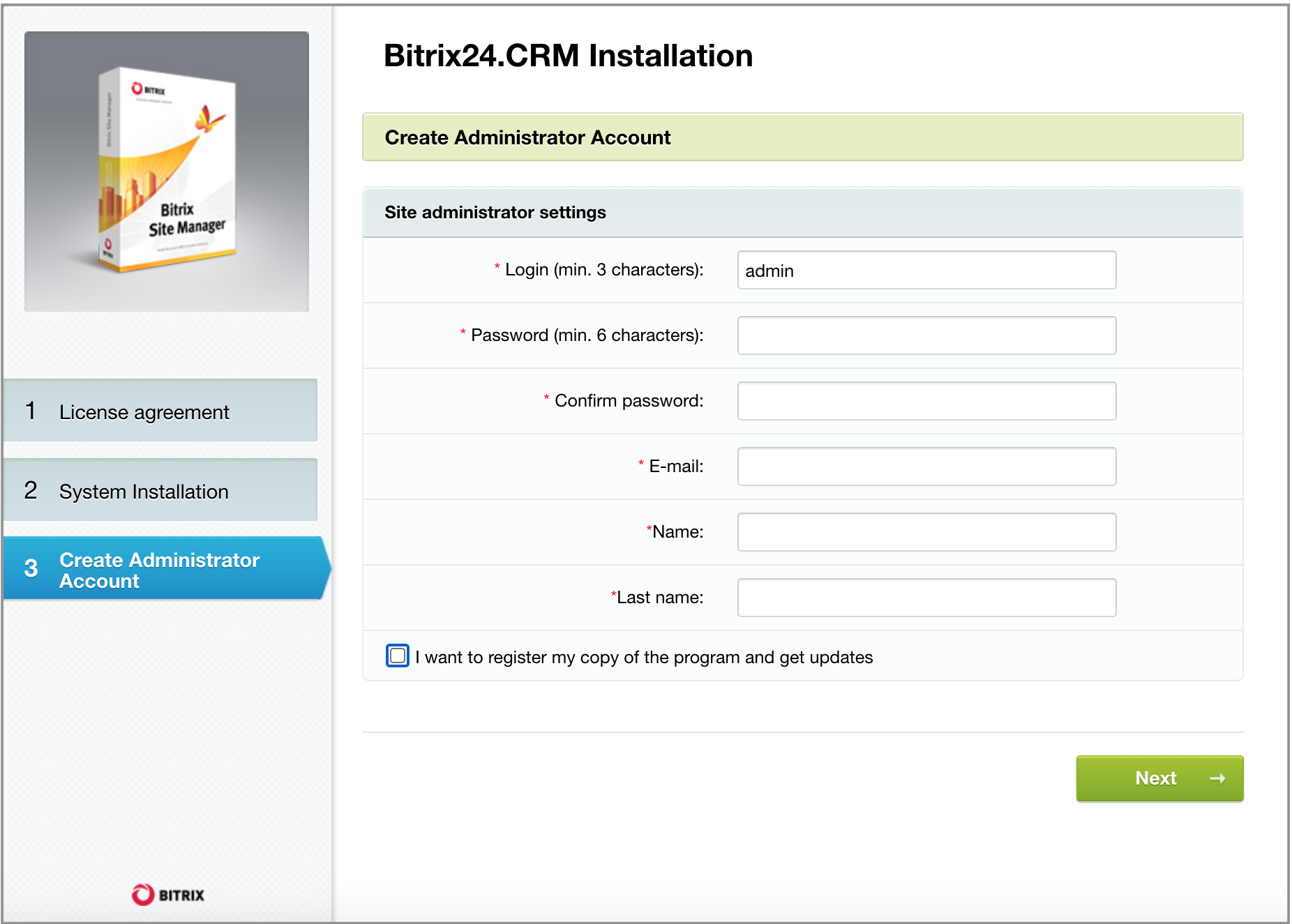
Alternative approaches are to manually import all user certificates into the mail client key store, or to publish these certificates to an LDAP directory and configure the mail client to retrieve certificates from the directory. Most email clients will then automatically keep a copy of this certificate for future encryption use. The easiest way to configure this is for the intended recipient to first send you a signed email. Email encryption requires your mail client to have access to the email recipient's certificate. If you have multiple email accounts, you need multiple certificates. We simplified the way you ride by streamlining the boarding. Close We’ve Made it Simple! Riding Port Authority is now faster, simpler and easier than ever before.
SIMPLE DNS PLUS LICENSE KEY SERIAL NUMBER
A copy of the certificate is saved in the certificate archive under the name ca/signing-ca/01.pem (01 being the certificate serial number in hex.). To get started, fetch the Simple PKI example files and change into the new directory. To construct the PKI, we first create the Simple Root CA and its CA certificate. You should never decrease a serial number.
SIMPLE DNS PLUS LICENSE KEY PLUS
Unless you have a specific reason for changing this number, it is best to let Simple DNS Plus manage it.

This number is automatically increased by Simple DNS Plus when changes are made to the zone or its records (happens when you save the zone).

Secure email requires the email address in the certificate to match the email address for the mail account.

Encrypting an email protects against eavesdropping, such as by an ISP or systems administrator. Email signatures allow the person that sent the message to be securely authenticated to the recipient (so the 'from' address can be trusted), and prevents the message from being modified in transit without breaking the signature. Secure email Secure email provides options to sign and/or encrypt email. Applications change, so please if you find any errors or would like to contribute information. Using Certificates This page is a 'cheat sheet' for using keys and certificates in applications.


 0 kommentar(er)
0 kommentar(er)
